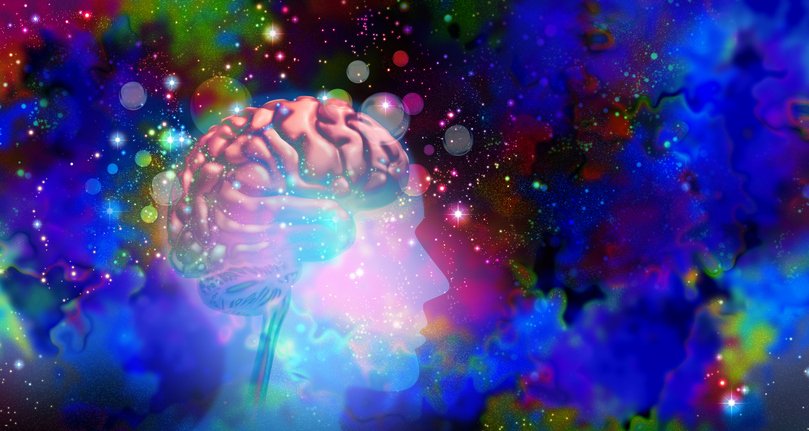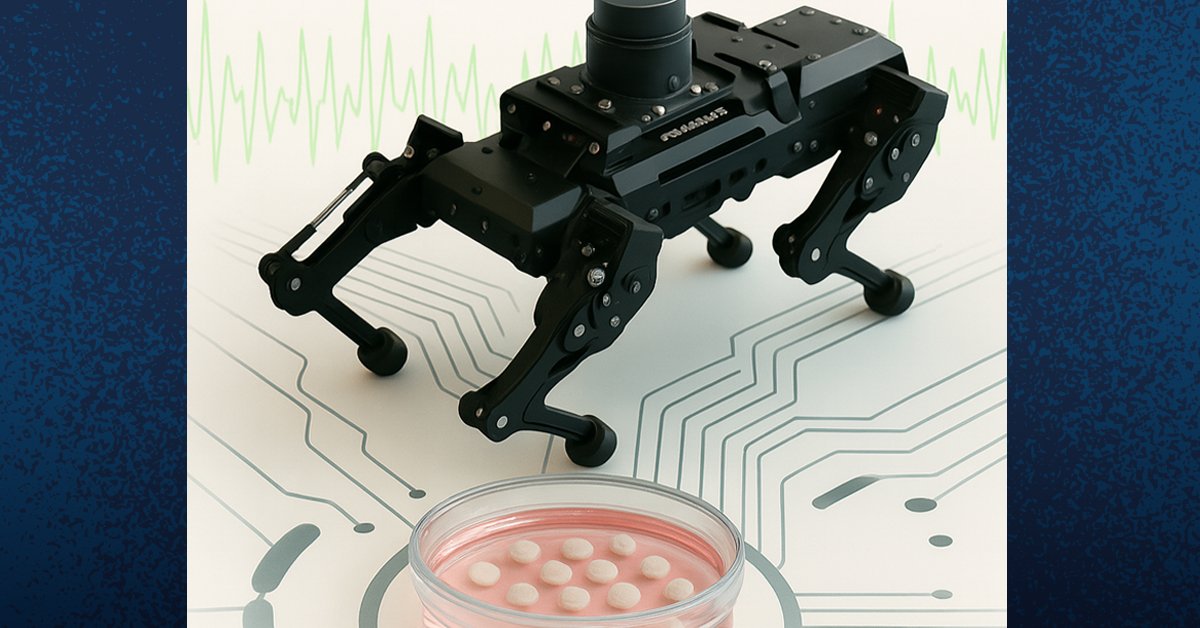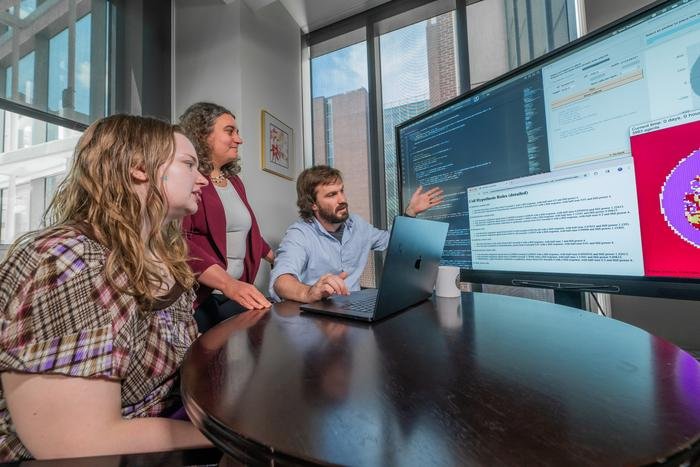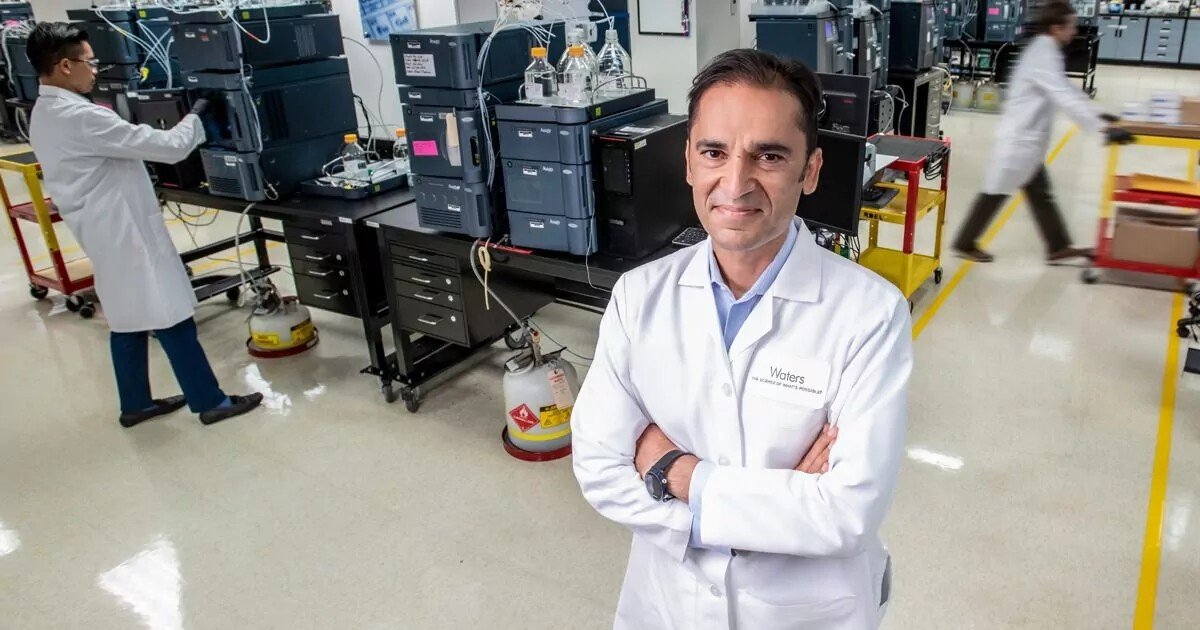Psychedelics—frequently recognized as substances such as LSD, psilocybin, and DMT—not only alter perception, mood, and cognition, but they often cause hallucinations. That said, they have also been shown to promote neuroplasticity, which may be useful to help treat neural conditions like depression, PTSD, and anxiety. Non-hallucinogenic analogs share the same therapeutic effects of psychedelics without causing hallucinations.
Given their similarities and differences, understanding the differences in the mechanisms that both use is critical to unlocking their full clinical potential. Specifically, understanding how psychedelics promote new connections in the brain is necessary to develop targeted, non-hallucinogenic therapeutics that can treat neurodegenerative and neuropsychiatric diseases. To achieve this, researchers are mapping the biochemical pathways involved in both neuroplasticity and hallucinations.
Now, new research compares the biochemical pathways activated by the hallucinogenic compound 5-MeO-DMT and its non-hallucinogenic analog tabernanthalog (TBG). The findings show that non-hallucinogenic versions of psychedelic drugs promote neuroplasticity through the same biochemical pathway as psychedelics. However, unlike psychedelics, they don’t activate genes long thought to be key players in that process.
The research is published in Nature Neuroscience, in the paper, “The psychoplastogen tabernanthalog induces neuroplasticity without proximate immediate early gene activation.”
“The prevailing hypothesis in the field was that psychedelics promote neuroplasticity by causing this big burst of glutamate in the brain, which then turns on intermediate early genes,” said David E. Olson, PhD, director of the Institute for Psychedelics and Neurotherapeutics and a professor of chemistry and of biochemistry and molecular medicine at UC Davis. “We now know that non-hallucinogenic compounds like TBG can promote neuroplasticity without inducing a glutamate burst or immediate early gene activation.”
The team found that TBG promotes neuroplasticity by activating the same psychedelic receptor as 5-MeO-DMT, but to a different extent. The researchers also provide the first direct evidence that a non-hallucinogenic psychedelic analog like TBG produces sustained antidepressant-like effects through the growth of dendritic spines in the brain’s prefrontal cortex.
In addition, the team found that both TBG and 5-MeO-DMT promoted cortical neuroplasticity by activating the serotonin 2A receptor (5-HT2A). Both drugs then induced the downstream activation of the same receptors and proteins, including TrkB, mTOR, and AMPA. This means that, despite TBG being non-hallucinogenic, it turns on one of the same biochemical pathways that psychedelics do. Whereas 5-MeO-DMT is a full agonist, TBG is a partial agonist.
“Full agonists turn on hallucinations, and they also turn on plasticity,” Olson said. “Partial agonists only turn on the receptor partway, and that seems to be sufficient to turn on plasticity.”
“This work challenges the current dogma in the field,” said John A. Gray, PhD, the associate director of the Institute for Psychedelics and Neurotherapeutics, as well as a professor in the Center for Neuroscience at UC Davis.
The study addressed an open question in psychedelic science. While the activation of 5-HT2A receptors by psychedelics is known to promote neuroplasticity, the link between this and psychedelics’ sustained antidepressant effects was unclear.
The team asked, “Are the neuroplasticity-promoting effects—the growth of these dendritic spines in the prefrontal cortex—responsible for the antidepressant effects?”
It turns out, they are.
With advanced genetic tools, the team tagged the dendritic spines that grew in the prefrontal cortex after TBG dosing. They then used lasers to erase those spines.
“When we erased those spines, the antidepressant effect went away,” Olson said.
Previously, this kind of experiment was conducted with ketamine to demonstrate that its sustained antidepressant-like properties required the growth of these dendritic spines. “This is the first time that we’ve done this with a serotonergic agent,” Olson said. “And we find that cortical neuroplasticity is at least responsible for some of the compound’s antidepressant-like effects.”
While 5-MeO-DMT and TBG boasted similarities in their effects on neuroplasticity, there were critical differences. Unlike 5-MeO-DMT, TBG didn’t promote bursts of glutamate or turn on immediate early genes—genes long thought to be critical for the neuroplasticity-promoting effects of psychedelics.
“It was kind of shocking that TBG promoted plasticity, but the glutamate burst and immediate early genes were not required,” Olson said. The team used a combination of whole brain imaging and single-nucleus RNA sequencing to profile gene expression patterns following treatment with 5-MeO-DMT and TBG. “What we found is that glutamate bursts and immediate early gene expression are probably more related to the hallucinogenic properties of psychedelics rather than their plasticity-promoting effects.”
The post Psychedelics and Non-Hallucinogenic Analogs Share Neuroplasticity Pathway appeared first on GEN – Genetic Engineering and Biotechnology News.




